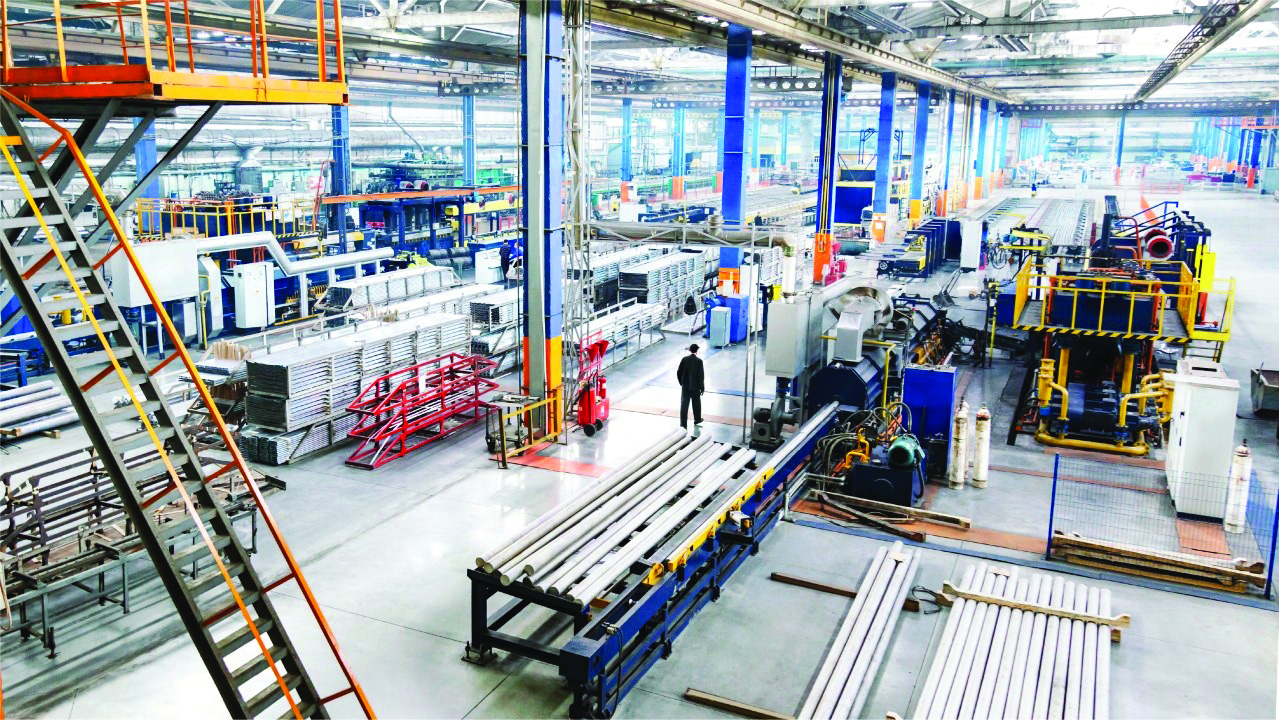Push for Business Reforms
India’s Economic Survey highlights the urgency of manufacturing reforms, emphasizing deregulation, R&D investment, and state-level policy shifts to position India as a global industrial leader

India’s Economic Survey, a long-standing prelude to the Union Budget, has evolved from a 1950-51 white paper into a crucial economic analysis tool. Though not constitutionally mandated, it has become an institutional fixture, traditionally released a day before the Budget. Initially reliant on secondary data, it transformed into a key primary data source over time. While early editions were dry and repetitive, the 1990s liberalization infused it with deeper analysis and broader variables. Though its primary role is documenting past performance, some editions have ventured into forecasting and policy recommendations, though with limited budgetary influence. Traditionally authored by the Chief Economic Advisor (CEA), the Survey later became an anonymous document under the Department of Economic Affairs (DEA), allowing CEAs to inject personal viewpoints. However, post-2021-22, it has returned to a fact-driven, analytical format, with the latest edition offering a structured, data-rich review of India’s economic trajectory across 13 chapters.
India’s macroeconomic trajectory in FY25 remains resilient, with real GDP projected to grow by 6.4%, driven by 7.2% growth in services and 3.8% in agriculture, while the industrial sector expands by 6.2%. Rural demand improved, supported by record Kharif food grain production of 1647.05 lakh metric tonnes (up 5.7% YoY), while Private Final Consumption Expenditure (PFCE) grew 7.3%, contributing 61.8% of GDP, the highest in two decades. However, manufacturing faced pressure as merchandise exports grew only 1.6% YoY, while imports rose 5.2%, widening the trade deficit. Inflation moderated to 4.9% in April-December 2024, though food inflation remained elevated at 8.4% due to rising vegetable and pulse prices. Looking ahead, FY26 growth is projected at 6.3-6.8%, contingent on private investment momentum and global conditions. Gross Fixed Capital Formation (GFCF) grew 6.4% in H1 FY25, but election-related uncertainties slowed private investment. A 10.3% increase in capital goods order books signals future investment recovery, while the current account deficit (CAD) remains manageable at 1.2% of GDP, supported by $131 billion in remittance inflows and a $40 billion services trade surplus. Employment improved, with unemployment falling to 3.2% and net EPFO payroll additions reaching 95.6 lakh (April-November 2024). Inflation risks persist, but a strong Rabi harvest and easing commodity prices could provide relief. India must focus on deregulation, infrastructure investment, and trade competitiveness to sustain long-term growth while maintaining macroeconomic stability amid global uncertainties.
However, one of the interesting parts of the survey is the push for business reforms to strengthen India’s manufacturing ecosystem in response to shifting global industrial trends. Despite India’s rising share in global manufacturing, which now stands at 2.8% compared to China’s 28.8%, structural challenges persist. The survey notes that geopolitical tensions, supply chain disruptions, and aggressive industrial and trade policies by major economies have created uncertainty, impacting India’s manufacturing exports. Meanwhile, high-income nations have lost ground to emerging markets, allowing India to expand its industrial base. The survey identifies R&D investment, formalization of smaller manufacturers, and logistics enhancements as key drivers for long-term industrial growth. India’s ambition to become a global manufacturing hub hinges on coordinated efforts among the government, private sector, academia, and financial stakeholders to enhance competitiveness and resilience.
India’s industrial growth has seen fluctuations, with a 6.2% expansion in FY25, led by electricity and construction. Yet, manufacturing growth slowed to 3.6% in Q2 FY25 due to export slowdown, erratic monsoon patterns, and festival-driven demand variations. State-wise disparities are evident: Gujarat, Maharashtra, Tamil Nadu, and Karnataka account for 43% of total industrial Gross State Value Added (GSVA), while North-eastern states (excluding Assam and Sikkim) contribute only 0.7%. Some states benefit from natural industrial advantages, such as Tamil Nadu in automobile manufacturing and Gujarat in chemicals and petrochemicals, but others lag due to poor infrastructure, restrictive labour laws, and weak policy support. The survey underscores that addressing state-level industrial disparities requires tailored policies, deregulation, and targeted incentives to boost localized manufacturing capabilities.
The survey proposes a multi-pronged reform strategy to accelerate manufacturing growth. Key recommendations include deregulation of industrial licensing, state-level business reform acceleration, and greater labour market flexibility. The Production-Linked Incentive (PLI) scheme, with ₹1.97 lakh crore allocated across 14 sectors, has already led to ₹1.4 lakh crore in investments and ₹12 lakh crore in manufacturing output, but further improvements are needed to boost capital goods production and reduce dependence on imports. Enhancing ease of doing business, expanding financial incentives for MSMEs, and promoting green manufacturing and technology-led industrial growth are highlighted as critical policy imperatives. Additionally, states categorized as “aspirers” and “emerging ecosystems” in the Business Reform Action Plan (BRAP) must accelerate ease-of-doing-business initiatives to attract high-value manufacturing investments.
A strong focus on R&D and technology adoption is essential for sustaining manufacturing competitiveness. The survey highlights India’s weak private sector R&D investment, with GERD at 0.64% of GDP, far below China (2.1%) and the U.S. (3.45%). Sectors such as automobiles, pharmaceuticals, and electronics have grown due to targeted policy interventions like PLI and Make in India, but India’s electronics market share remains only 4% globally. The government’s push for domestic semiconductor manufacturing and AI-driven industrial automation is expected to enhance productivity, but greater private sector participation in R&D is required. Moreover, India’s innovation ecosystem is growing, as seen in the 50% share of domestic patent filings in FY24, up from 28% in FY15. However, further policy support is needed for IP protection, technology transfer, and commercial R&D ventures.
The Economic Survey’s push for manufacturing reforms deserves recognition because it strategically aligns with India’s long-term growth trajectory, leveraging global supply chain diversification trends. Focusing on deregulation, infrastructure modernization, and sectoral incentives can unlock high-value industrial growth, reducing India’s dependence on commodity-driven exports and creating high-wage employment opportunities. As global trade protectionism rises, India’s manufacturing expansion must be driven by competitive policy frameworks and state-level reforms.
The writer is a public policy professional. Views expressed are personal



